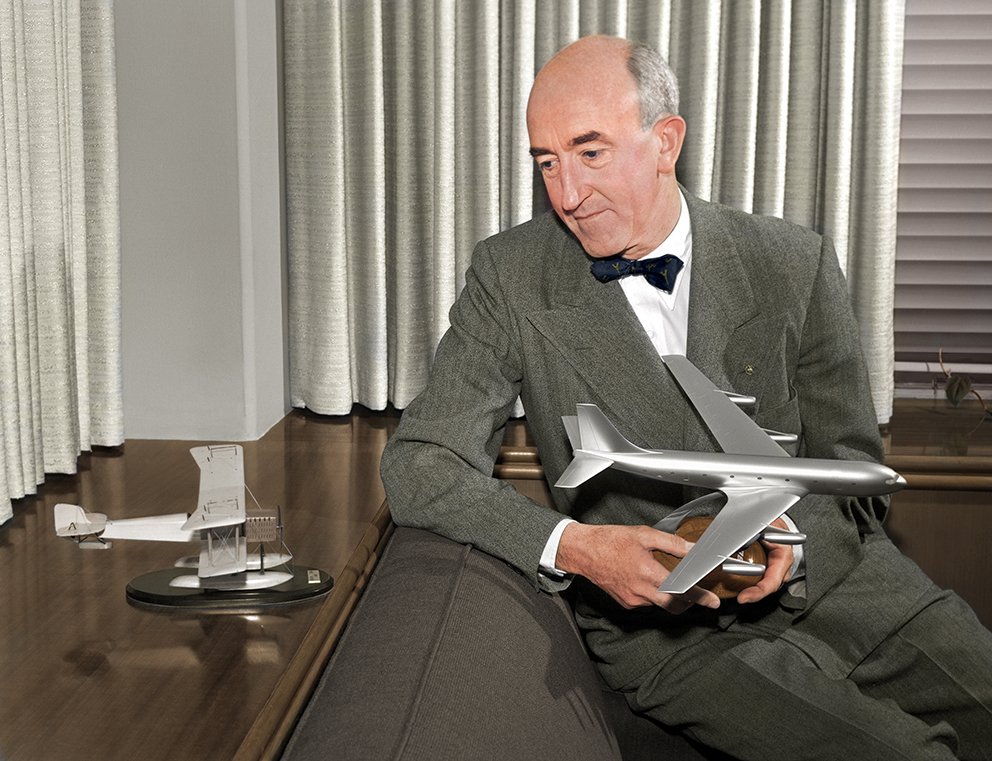Culture starts at the top: Lessons from Boeing’s greatest CEO
I recently did a trans-Atlantic trip, and the planes I flew on were Boeings. I have done similar flights for most of my life, starting on Pan Am 747s in the 1980s. But this time, for the first time, I was apprehensive about getting on a Boeing airplane.
The growing concern over a lack of a “safety culture” at Boeing has reached a crescendo this year (2024) after multiple serious and even deadly events. These appear to stem from everything from quality control during manufacturing, an over-reliance on outsourcing, to engineering flaws.
There have been many calls for Boeing to get back to being a more engineering — rather than profit — driven company. I’m in no position to diagnose what’s going on here, but it is instructive to contrast where Boeing used to be (with some lessons for contemporary tech companies too).
Lawyer to the rescue
After World War II, when Boeing was heavily focused on military aircraft with little footprint in commercial aviation. But when the war ended, the military business tanked, and Boeing needed to pivot to commercial, and quickly.
To do so, it hired a new CEO, Bill Allen. Was he an engineer? A business expert? Not all — he was a 44 year-old lawyer, and had been the company’s corporate counsel for over a decade. He was brought on to lead the company by its board chairman, who felt that the engineers in the organization didn’t have sufficient knowledge of business to help Boeing make the shift to commercial aviation, which has dramatically different and more challenging economics than designing for the military.
At first blush this seems like a dubious choice (similar to the skepticism over Steve Jobs annointing supply-chain expert Tim Cook to lead Apple).
In fact, Allen went on to lead Boeing during its most productive and innovative period, overseeing the launch of its first commercial jets that would come to dominate the market: the 707, 727, 737 and culminating in the 747, the beloved Jumbo Jet. And a small military jet called the B-52…
(As an aside, the ground-breaking 747 had its first flight 5 months before Apollo 11 landed on the moon in 1969, a scant 66 years after the Wright Brothers first flew. An incredible period of technological growth!)
Listen, listen, listen
In contrast with today’s brash tech-bros and many of Boeing’s own CEOs in the second half of the 20th century, Allen came across as humble and risk-averse. Supposedly he always traveled with two pairs of glasses and a packet of Triscuit crackers. He felt himself unqualified to be CEO and initially turned the job down. And yet he led the charge to bet the company on the 707, the first commercial jetliner the company made.
A Time magazine profile of him in 1954 noted, "He knew when to gamble. He trusted his designers. He knew how to forge a solid team."
On the night he became CEO, he wrote down four resolutions for himself in his diary:
Be considerate of my associates' views
Don't talk too much, let others talk
Make a sincere effort to understand labor's viewpoint
Develop a postwar future for Boeing
1940’s language aside, this holds up as sound advice for a manager or executive today. And note the ratio: three points about personal conduct and being attentive to the needs and ideas of others, and only one point about figuring out corporate strategy. In modern times, that ratio is often flipped, with “build a great company culture” (or something along those lines) getting lost amongst all the grandeur of building innovative, world-changing products and meeting customers where they are who want faster horses.
By all accounts, the humble, non-expert Bill Allen lived those resolutions, and led Boeing and its vast workforce to become the aviation powerhouse that was the envy of the world.


